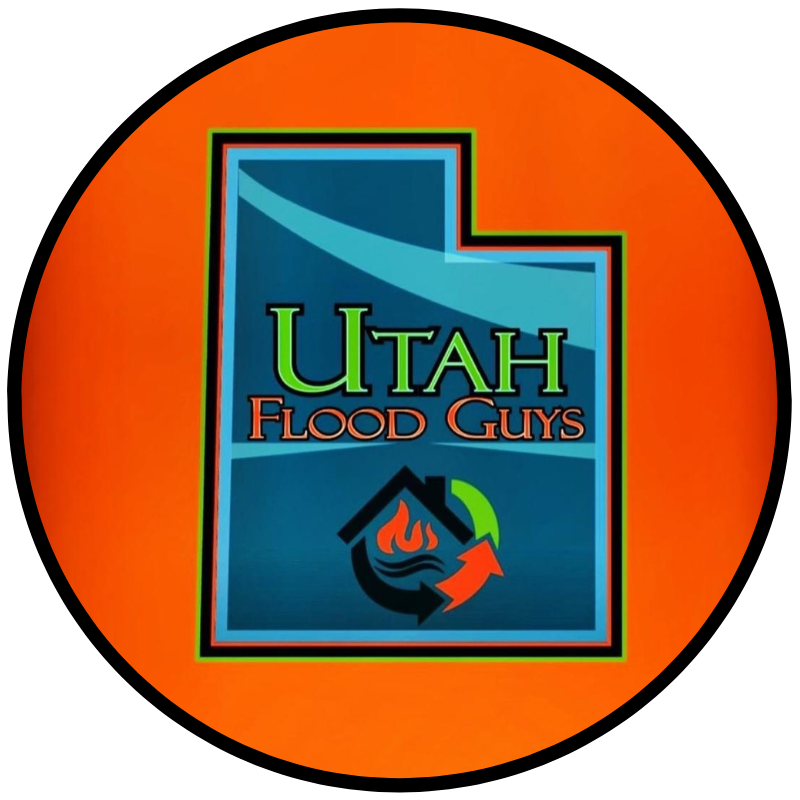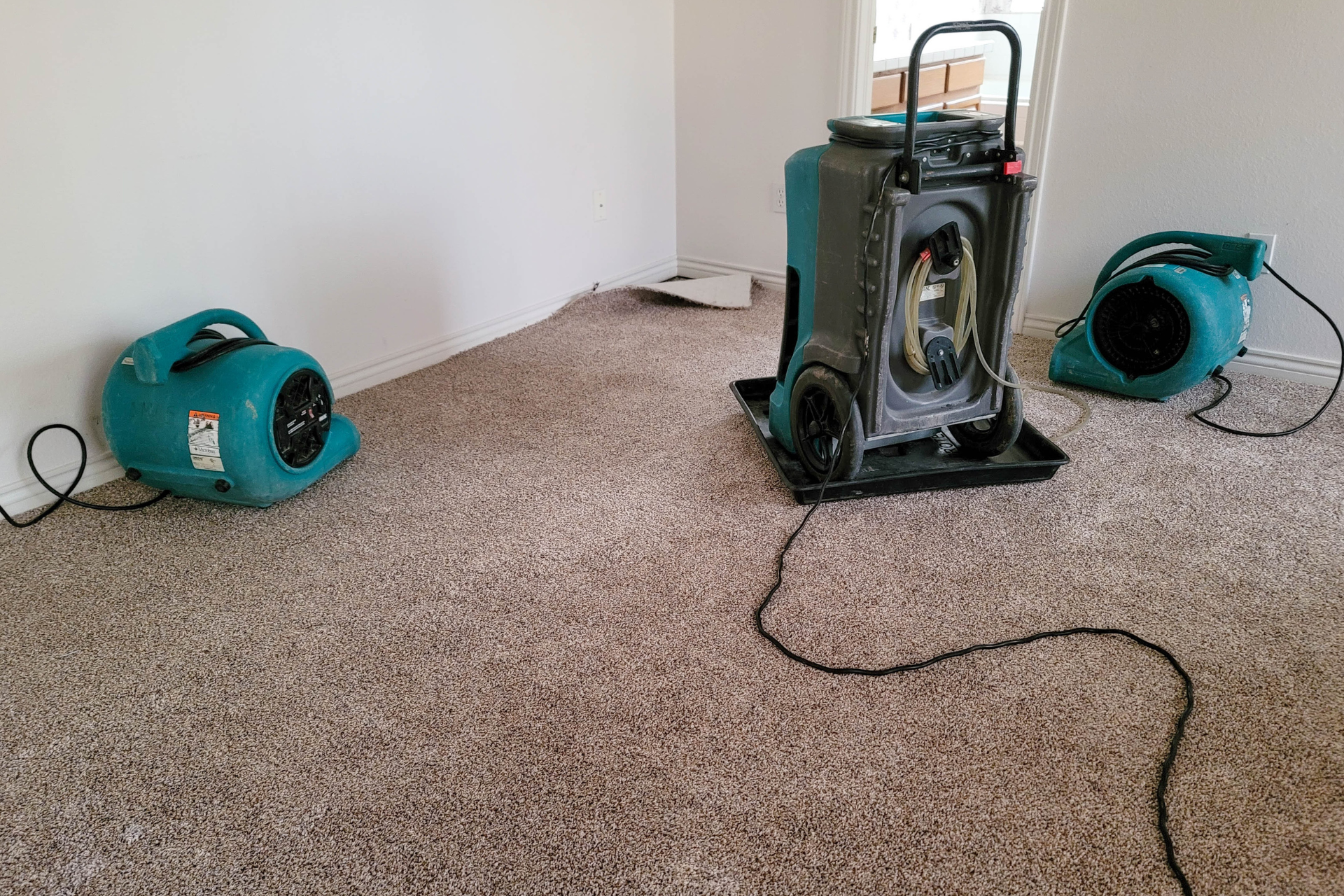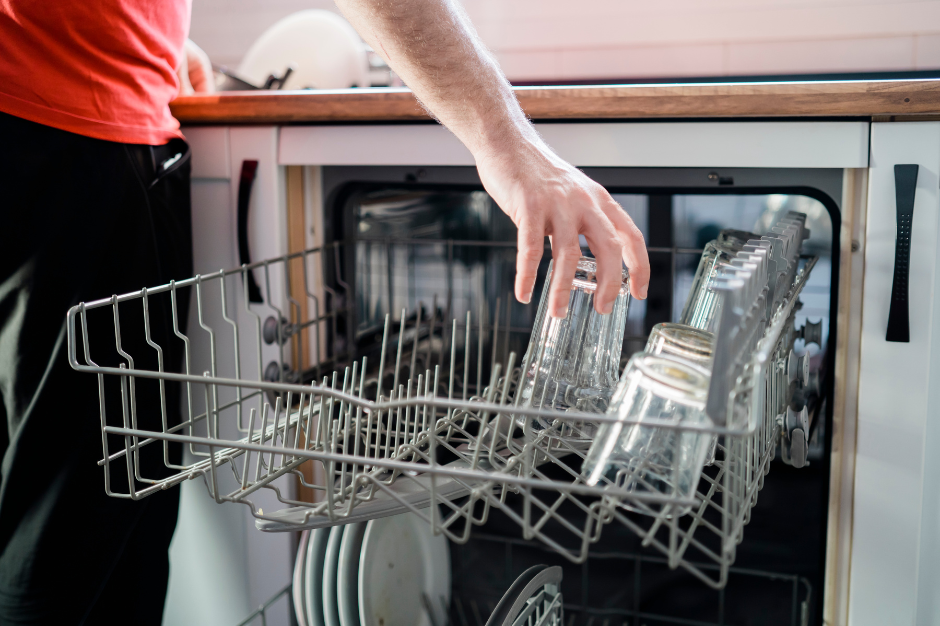Fire Damage vs. Smoke Damage: Key Differences and Restoration Tips

When disaster strikes and your home or business is affected by a fire, the aftermath can be devastating. Not only is there the visible damage from the flames, but there is also the insidious impact of smoke damage to contend with. Understanding the key differences between fire damage and smoke damage is crucial in order to effectively restore your property to its pre-loss condition. In this blog post, we will explore these differences and provide some essential restoration tips for dealing with fire and smoke damage.
Fire Damage: The Obvious Culprit
When a fire breaks out, the damage it leaves in its wake is often stark and undeniable. The heat from the flames can cause structural damage to the building, such as charred walls, ceilings, and flooring. Furniture and belongings may be completely destroyed, leaving a path of destruction in its wake. Fire damage is typically localized to the area where the fire occurred, making it easier to identify and assess.
Smoke Damage: The Silent Menace
While fire damage is usually immediately visible, smoke damage can be deceivingly subtle yet pervasive. Smoke can infiltrate every nook and cranny of a building, leaving behind a layer of soot and residue that can corrode surfaces and belongings over time. The smell of smoke can linger for weeks or even months, creating an unpleasant environment that is difficult to remove.
Key Differences Between Fire Damage and Smoke Damage
1. Appearance
Fire damage is characterized by charred surfaces and melted materials, while smoke damage manifests as a dark film of soot and residue.
2. Odor
The distinct smell of smoke is a telltale sign of smoke damage, which can be challenging to eliminate without professional help.
3. Scope
Fire damage is typically confined to the source of the fire, whereas smoke damage can spread throughout the entire property, affecting areas far removed from the fire itself.
Restoration Tips for Fire and Smoke Damage
1. Safety First:
Before attempting any cleanup efforts, ensure that the property is safe to enter and that all utilities have been turned off.
2. Ventilation
Proper ventilation is key to removing smoke odor and improving air quality. Open windows and use fans to circulate fresh air throughout the building.
3. Professional Assessment
Contact a restoration company like Utah Flood Guys for a thorough assessment of the damage and a comprehensive restoration plan.
4. Cleaning and Restoration
Depending on the extent of the damage, professional cleaning and restoration services may be necessary to effectively remove soot, odor, and residue.
5. Prevention
Take steps to prevent future fire and smoke damage by installing smoke alarms, practicing fire safety protocols, and conducting regular maintenance on heating and electrical systems.
In conclusion, while fire and smoke damage can wreak havoc on your property, understanding the key differences between the two and following the right restoration tips can help mitigate the damage and restore your home or business to its former glory. Remember, when disaster strikes, Utah Flood Guys is here to help you navigate the restoration process with expertise and care. Stay safe and be prepared for whatever comes your way.
You might also like
Utah Flood Guys Blog



